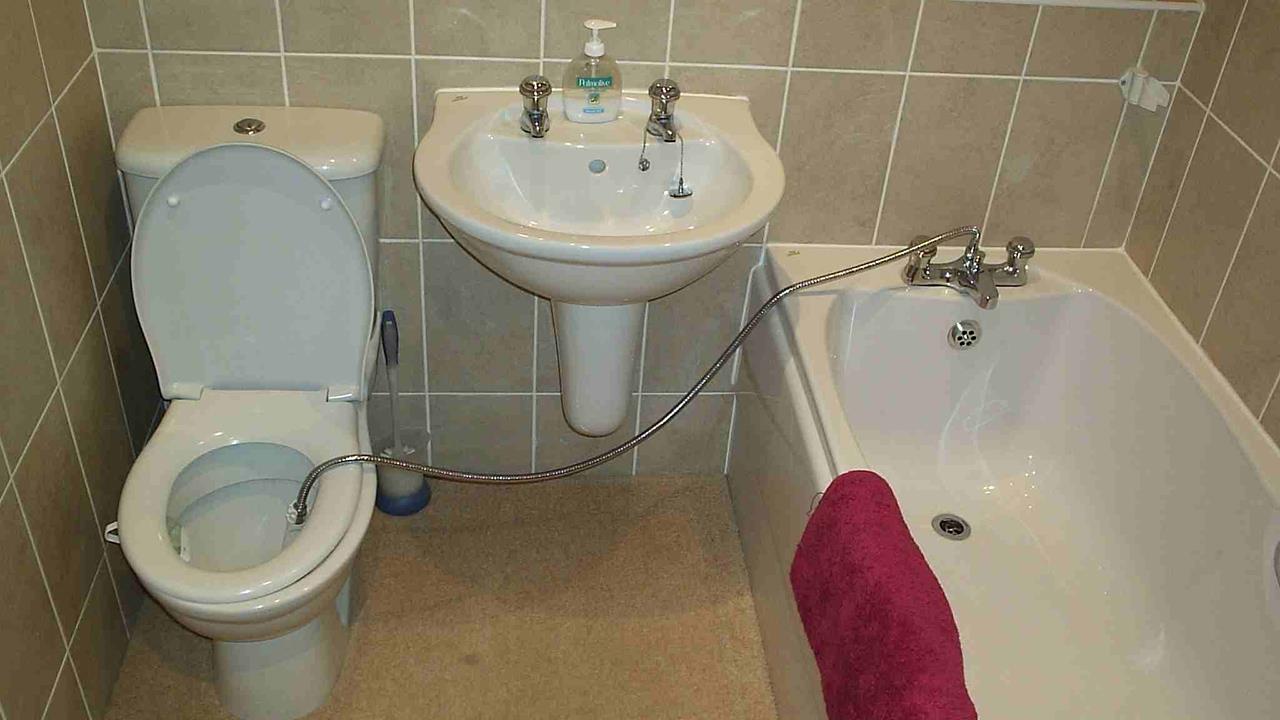

Paul Millard, Technical Manager at WRAS, provides examples of common bathroom contraventions and why it’s important to make sure you’re adhering to the regulations surrounding them.
When it comes to installing a new bathroom, most consumers naturally focus on the layout, cost, and appearance of the project. While these are important factors, plumbers and installers play an important role in making homeowners aware of safety considerations and regulations that need to be complied with.
The Water Fittings Regulations and Scottish Byelaws apply from the point where water enters the property’s underground pipe (usually at the external stop tap at the property boundary), to where the water is used in plumbing systems, water fittings, or water-using appliances. They have a specific purpose to prevent misuse, waste, undue consumption, or erroneous measurement of water and, most importantly, to prevent contamination of drinking water, through the design, installation, operation, and maintenance of water fittings and appliances.
One way to ensure that a bathroom is compliant is by checking that all water fittings have been tested against appropriate standards by looking for the Water Regulations Advisory Scheme (WRAS) approved logo on the packaging, or looking up the product on the WRAS online database. Other equivalent directories include KIWA Watertec or NSF’s Reg 4 scheme.
You should always check if a product is compliant before installing it, ideally before it is purchased. If you buy a non-compliant product and supply it to your customer, you could also be breaching consumer protection laws.
However, the main ways in which a bathroom could be breaking the law is to do with the way the water fittings have been installed. The regulations include requirements to ensure water is not wasted by faulty products and restricts the amount of water that can be used for specific purposes, such as the maximum flush volume in a WC, for example.
Research by WRAS found that nearly two-thirds of homeowners are unaware that they must inform their water company if installing specific water fixtures in their home. In the case of bathrooms, the water company would need notification of things such as a bath holding more than 230l of water, or a bidet with an upward spray or flexible hose.
One of the greatest risks in bathroom design is that of the contamination of water. Compact bathroom designs might be great for saving on available floor space, but this can increase the likelihood of the water supply being contaminated if the correct type of backflow protection is not installed. For example, a shower with a flexible hose is so much easier to use, but if it can stretch to reach a toilet, or to the base of the shower or bath, there is the potential for it to contaminate the water supply. Taking a few moments to think about the design layout can minimise potential contamination risks.
In the case of a shower hose that can reach the toilet, you might look at the design and consider using a shorter hose; or changing the layout – possibly turning the bath/shower round so the taps are at the other end. Either of these could help prevent it reaching into the toilet – meaning that difficult to install backflow prevention options could be avoided.
It is crucial that anyone working on plumbing systems is fully up to speed with regulations so that they can assist customers in the design of a practical, attractive, but compliant bathroom.
A legal duty is placed on all users, owners or occupiers and anyone who installs plumbing systems, water fittings or water-using appliances, to ensure they are installed and used in accordance with the regulations and byelaws.
Where contraventions of the regulations and byelaws are found, the water supplier will require them to be remedied as soon as possible. Where breaches pose a risk to health or there is a significant waste of water, the water supply to the premises may be disconnected immediately to protect public health and prevent waste or damage.
By joining the network of approved plumbers as listed with WaterSafe, you will be best placed to help customers get the best advice, check that the regulations are adhered to and help ensure the safety of households up and down the country.
If you'd like to keep up-to-date with the latest developments in the heating and plumbing industry, why not subscribe to our weekly newsletters? Just click the button below and you can ensure all the latest industry news and new product information lands in your inbox every week.